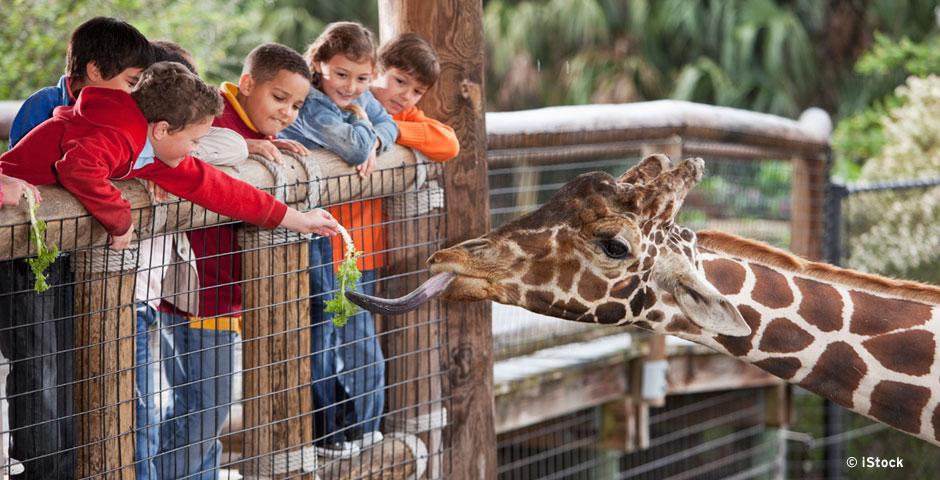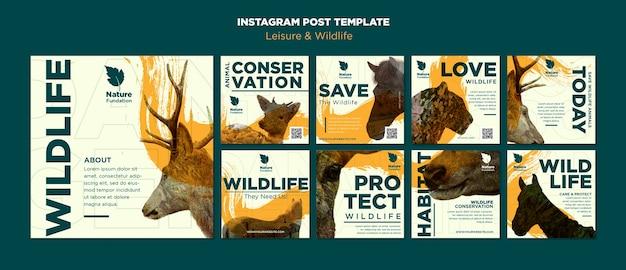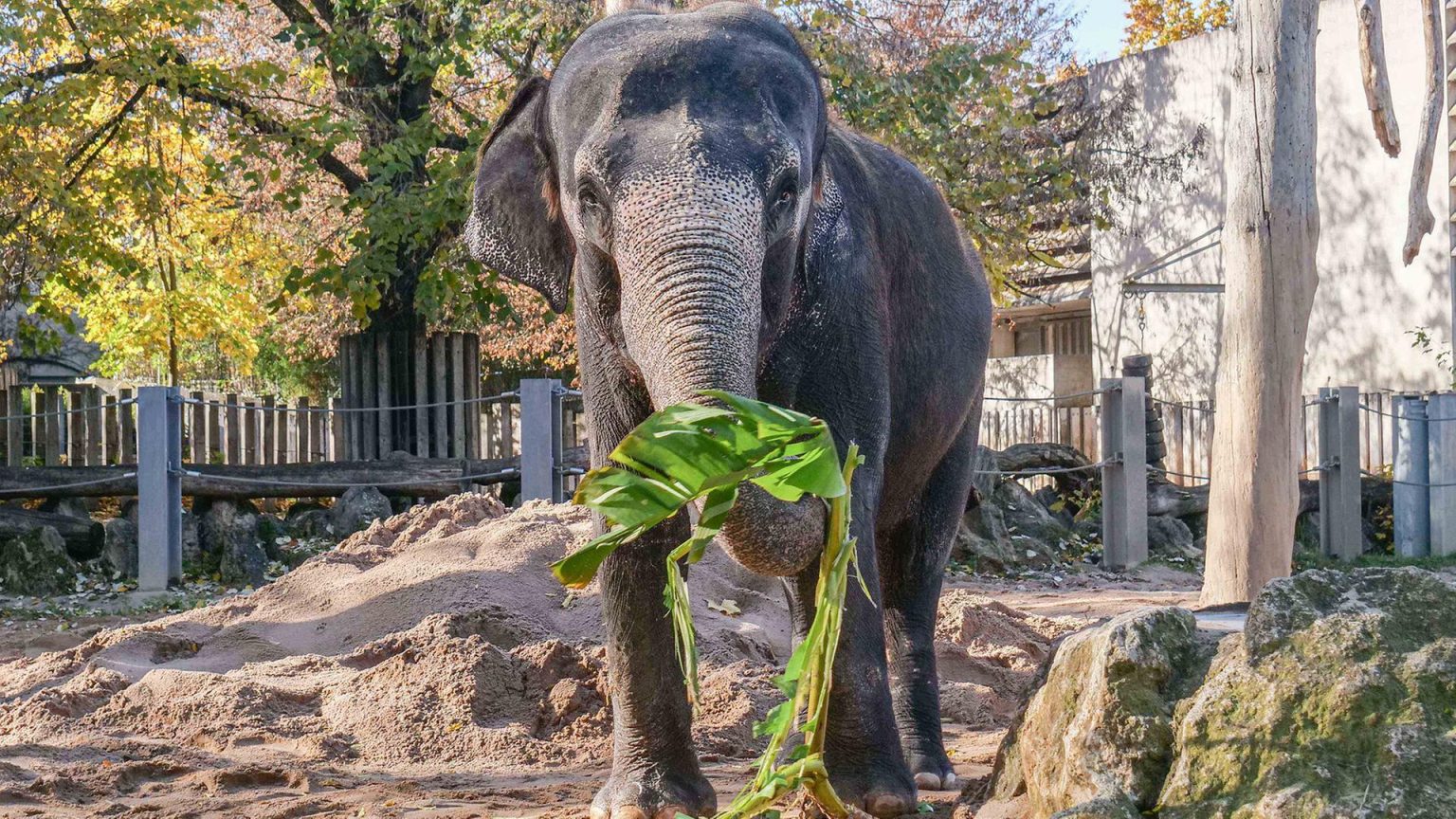In a world where biodiversity faces unprecedented threats, zoos have often occupied a complex space in the conversation about animal conservation. Picture a family strolling through the gates of a local zoo, children pointing excitedly at the exotic creatures behind glass. These moments are laced with wonder, curiosity, and education, but beneath the surface lies a deeper narrative: the role of zoos in conserving species, educating the public, and restoring ecosystems. As custodians of wildlife, many zoos have evolved from mere exhibition centers to vital players in global conservation efforts. This article will delve into the multifaceted impact of zoos on animal conservation, examining their initiatives, successes, and the challenges they face in an ever-changing world. Through this exploration, we aim to uncover how these institutions balance the dual responsibilities of providing enjoyment and education for visitors while actively participating in the preservation of our planet’s most vulnerable species.
Table of Contents
- Understanding the Role of Zoos in Global Conservation Initiatives
- Evaluating the Educational Impact of Zoos on Wildlife Awareness
- Assessing the Ethical Considerations and Animal Welfare in Zoos
- Recommendations for Enhancing Conservation Efforts within Zoological Institutions
- Final Thoughts
Understanding the Role of Zoos in Global Conservation Initiatives

As guardians of biodiversity, zoos play a pivotal role in global conservation efforts by serving as sanctuaries for endangered species and centers for research. Through carefully designed breeding programs, zoos are able to replicate the natural environments essential for animal reproduction, which helps bolster populations of species teetering on the brink of extinction. In addition to breeding, these institutions actively participate in field conservation projects, working alongside local communities to protect habitats and restore ecosystems. This multifaceted approach enables zoos to contribute significantly to the global conservation landscape.
Furthermore, zoos have evolved into educational platforms that raise awareness about the challenges faced by wildlife. By engaging visitors through interactive exhibits and informational programs, zoos inspire a sense of stewardship towards nature. Some key initiatives that exemplify this role include:
- Community Engagement: Collaborating with local populations to promote sustainable practices.
- Research and Innovation: Conducting studies that inform conservation techniques and animal care.
- Global Partnerships: Joining forces with international organizations to tackle biodiversity loss.
These initiatives reflect a commitment not only to the animals in their care but to the planet as a whole, ensuring that future generations can experience the richness of wildlife diversity.
Evaluating the Educational Impact of Zoos on Wildlife Awareness

Zoos serve as significant educational platforms that foster wildlife awareness among diverse audiences. Through their engaging exhibits and interactive programs, they provide visitors with opportunities to learn about various species, their habitats, and the ecological challenges they face. The allure of seeing animals up close can evoke a profound emotional response, which is crucial in cultivating a sense of responsibility towards conservation. Education programs, such as guided tours and workshops, not only enrich the visitor experience but also emphasize the importance of biodiversity and the role individuals can play in preserving natural ecosystems. By mastering captivating storytelling, zoos can deepen the understanding of key conservation issues, making them accessible and relatable to all age groups.
Recent studies indicate that zoos significantly enhance wildlife awareness, contributing to an increased willingness among visitors to support conservation initiatives. Visitor surveys reveal that awareness campaigns and hands-on activities amplify knowledge retention and promote behavioral change. Additionally, by partnering with schools and community organizations, zoos can extend their educational reach, inspiring the next generation of conservationists. Below is a brief comparison of zoo programs designed to elevate wildlife awareness:
| Program Type | Description | Target Audience |
|---|---|---|
| Interactive Exhibits | Hands-on displays and engaging graphics | Families and Children |
| Seasonal Workshops | In-depth focus on specific species or habitats | Students and Adults |
| Guided Tours | Educational walks led by knowledgeable staff | All visitors |
Assessing the Ethical Considerations and Animal Welfare in Zoos
In recent years, the conversation surrounding zoos has shifted significantly, with a growing emphasis on the ethical implications of housing animals in captivity. Advocates argue that while zoos can serve educational and conservation purposes, they may also infringe upon an animal’s innate rights to roam freely in their natural habitats. To navigate this delicate balance, many modern zoos have begun to prioritize ethical practices that enhance animal welfare and promote naturalistic enclosures. These enclosures mimic the animals’ natural environments, allowing them to express behaviors that are crucial to their well-being, such as foraging, socializing, and exercising.
Furthermore, the ethical framework within which zoos operate can significantly impact conservation efforts. Many facilities are now focused on breeding programs for endangered species and reintroduction initiatives aimed at restoring populations in the wild. However, successful conservation extends beyond just breeding; it also involves educating the public regarding biodiversity and the importance of global ecosystems. Zoos are creating immersive experiences that inform visitors about the threats faced by wildlife, inspiring them to engage in conservation initiatives. To illustrate the relationship between zoos and conservation, consider the following table:
| Conservation Strategy | Description | Impact |
|---|---|---|
| Breeding Programs | Captive breeding of endangered species | Increased genetic diversity and species population |
| Habitat Restoration | Partnering with organizations to restore natural habitats | Improvement of ecosystem health |
| Public Education | Interactive exhibits and workshops | Increased public awareness and involvement |
Recommendations for Enhancing Conservation Efforts within Zoological Institutions
To effectively enhance conservation efforts within zoological institutions, it is crucial for these organizations to adopt a multifaceted approach that combines education, research, and community engagement. Firstly, increasing public awareness about endangered species and their ecological significance can lead to greater support for conservation initiatives. Zoos should implement engaging educational programs that highlight their conservation projects and the pressing need for habitat preservation. This can be achieved through:
- Interactive exhibits that tell the story of species conservation
- Workshops and talks featuring conservationists and scientists
- Virtual experiences for those unable to visit in person
Additionally, collaboration with global conservation organizations can strengthen zoological institutions’ efforts on a larger scale. Establishing partnerships provides access to resources, research, and a new audience base while enhancing the overall impact of conservation strategies. Effective collaboration might include:
- Joint research projects that contribute to species recovery programs
- Sharing genetic data to support breeding programs
- Participating in habitat restoration projects worldwide
| Conservation Strategy | Impact |
|---|---|
| Educational Outreach | Increased community support for wildlife protection |
| Global Partnerships | Broader resources and expertise for species recovery |
| Digital Engagement | Wider audience reach and participation |
Final Thoughts
As we conclude our exploration of zoos and their multifaceted roles in animal conservation, it’s evident that these institutions stand at a crossroads. While they primarily entertain and educate the public, zoos also serve as pivotal players in global conservation strategies. Through breeding programs, habitat restoration initiatives, and extensive research, they contribute significantly to preserving endangered species and restoring fragile ecosystems.
However, the conversation surrounding zoos is far from straightforward. As we reflect on their complex existence, it becomes clear that the path to effective conservation is paved with challenges and ethical considerations. The dynamic relationship between humans and wildlife demands careful navigation, as we seek a balance between human interest and animal welfare.
the future of zoos may depend on their ability to adapt and align with evolving conservation philosophies. By prioritizing education, empathy, and global collaboration, zoos can continue to inspire future generations to connect with and protect our planet’s diverse inhabitants. As we leave this discussion, let us carry forward the responsibility of advocating for a world where both wildlife and humanity thrive together, reminding ourselves that the fate of animals lies not just within the walls of a zoo, but in our hands as stewards of the Earth.



